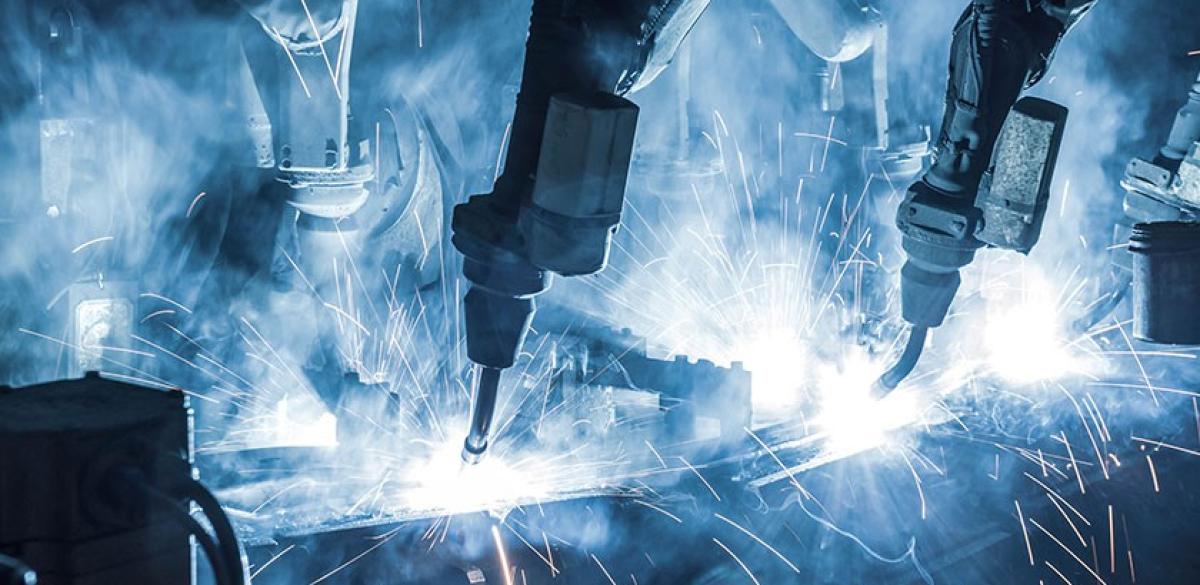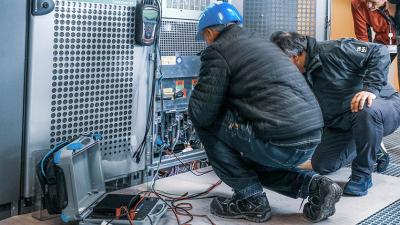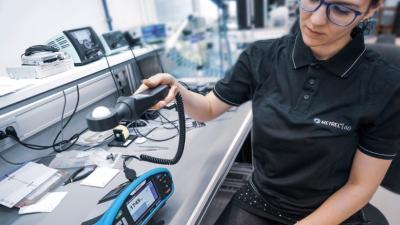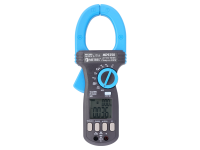Low voltage power quality
Building Facilities

The power delivered from a supply is specified as pure sine at country-specific RMS voltage and frequency. It should not deviate from this ideal. But does it? There is a number of effects that can distort voltage or current from the perfect sine. Some disturbances can have a source inside the system and can be fixed, while others are caused by far distant phenomena on the network or simple carelessness on supply side. Measurement, monitoring and detection of these phenomena is covered by standards IEEE 1448, EN 50160, IEEE 1459 and IEEE 519. They cover different aspects of power quality and reporting, from voltage characteristics to energy consumption.
Most of these values have to be monitored over an extended amount period, from a few days to a few weeks. The instrument records values at defined intervals. It will save any unusual events. Depending on the settings, it can also save the oscilloscope image.
There are two typical locations for power quality measurement. One is at the main supply connection, where every disruption from the network will be visible, but internal influences will not yet be pronounced. The other is wherever a sensitive device will be installed, and it has to be confirmed that it will be able to work with the available power. At the first point, the main issues are reactive power or power factor and events on the network. At the second point, there will be more trouble with harmonic content. A specific location for power measurement is a UPS battery stack.
Due to the necessary length of the power quality measurement, it has to be set up with great care and done in one try. The setup includes choosing the location, connecting the instrument, its programming, and the monitoring period with data collection. Data can be sent to be saved in a cloud service or kept in the instrument.
Poor power quality can manifest in a number of ways: higher energy consumption, power stress on the cables, interferences between parts of the network and others. There are measures in place to prevent too high reactive power and power at higher frequencies: notch filters that only allow desired frequency to pass and capacitive banks to correct power factor. Isolated system or even faraday cage isolation can be necessary to keep the interferences at bay. Isolated areas are very specific in terms of power quality. They can be prone to disturbances that can’t be removed via the earth bonding, but on the other hand, they are more isolated from the interference from earth.
Competencies at edison
EDISON is an international organisation for certification of competences in electrical safety testing. Click on the links for more information on each competency.
- PQA: Power Quality Analyzing & Reporting
- IEEE 519 Reporting and evaluating of the results
- EN 50160 Voltage quality reporting and evaluating of the results
- IEC 61000-4-30/-7/-15 – Power quality measurement methods, testing and measurment techniques
















